Will they be singing this “up there” in a few years? smile
An original song performed live by EMYLE 11/18/19
Voice-EMYLE
Guitar-EMYLE
Lyrics & melody by Emily Stein 2019.
Will they be singing this “up there” in a few years? smile
An original song performed live by EMYLE 11/18/19
Voice-EMYLE
Guitar-EMYLE
Lyrics & melody by Emily Stein 2019.
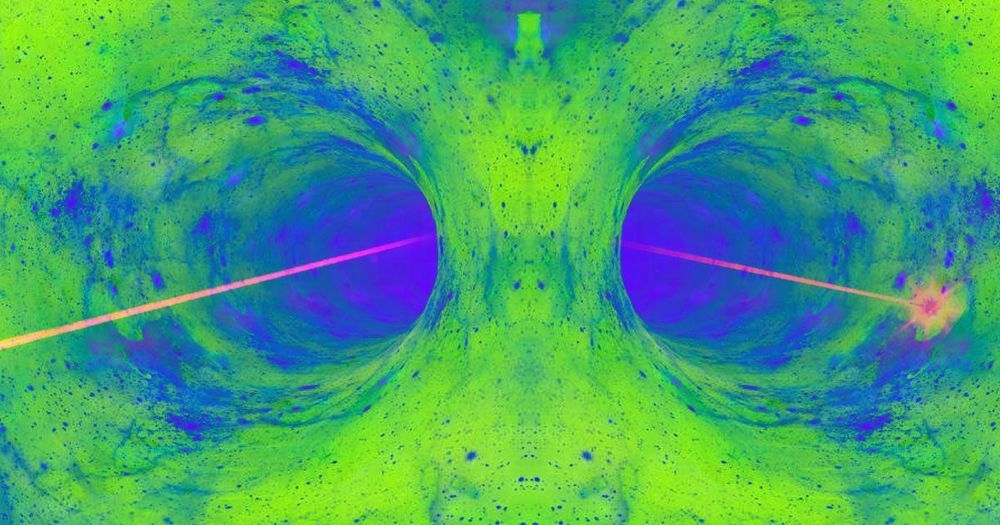
The prestigious academic physics journal Physical Review Letters published a paper this week about cutting-edge laser tech — and, if bloggers are to be believed, it could have juicy ramifications.
The paper itself is dry and technical, but the prominent tech blog Ars Technica’s interpretation of its findings is anything but. According to Ars, in fact, the tech it describes could pulse a laser “through fabric of the Universe.”
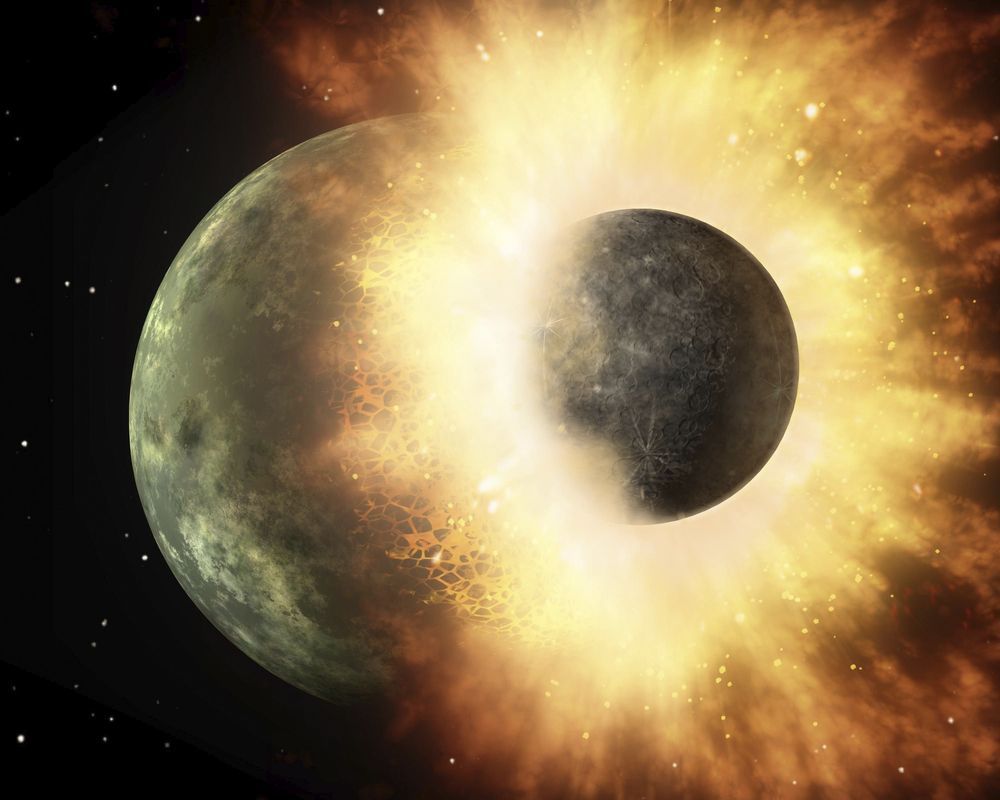
From remote measurements of the Moon’s mass and radius, researchers also know its density is anomalously low, indicating it lacks iron. While about 30 percent of Earth’s mass is trapped in its iron-rich core, the Moon’s core accounts for only a few percent of its total mass. Despite this substantial difference in iron, Apollo samples later revealed that mantle rocks from the Moon and Earth have remarkably similar concentrations of oxygen.
And because these lunar and terrestrial rocks differ significantly from meteorites originating from Mars or the asteroid belt, it shows the Moon and Earth’s mantle share a past connection. Additionally, compared with Earth, lunar rocks are more depleted in so-called volatile elements — those that vaporize easily upon heating — which hints that the Moon formed at high temperatures.
Finally, researchers know that tidal interactions forced the Moon to spiral outward over time, which in turn caused Earth to spin more slowly. This implies the Moon formed much closer to Earth than it is now. Precise measurements of the Moon’s position using surface reflectors placed during the Apollo program subsequently confirmed this, verifying the Moon’s orbit expands by about 1.5 inches (3.8 centimeters) each year.

Earlier today, Genevieve O’Hagan updated Lifeboat readers on this week’s momentous event in Astronomy. At least, I find it fascinating—and so, I wish to add perspective…
30 years ago, astronomer Jack Hills demonstrated the math behind what has become known as the “Hills Mechanism”. Until this week, the event that he described had never been observed.* But his peer astronomers agreed that the physics and math should make it possible…
Hills explained that under these conditions, a star might be accelerated to incredible speeds — and might be even flung out of its galaxy:
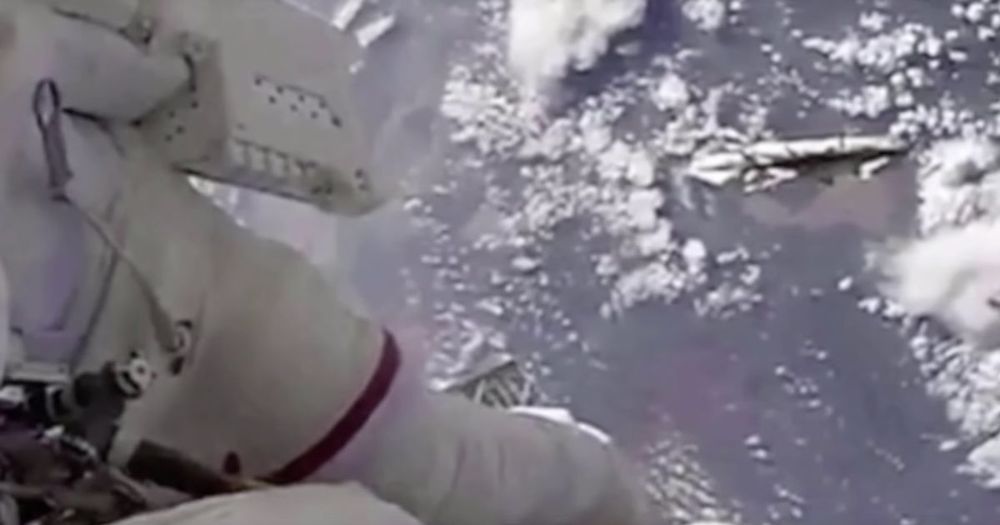
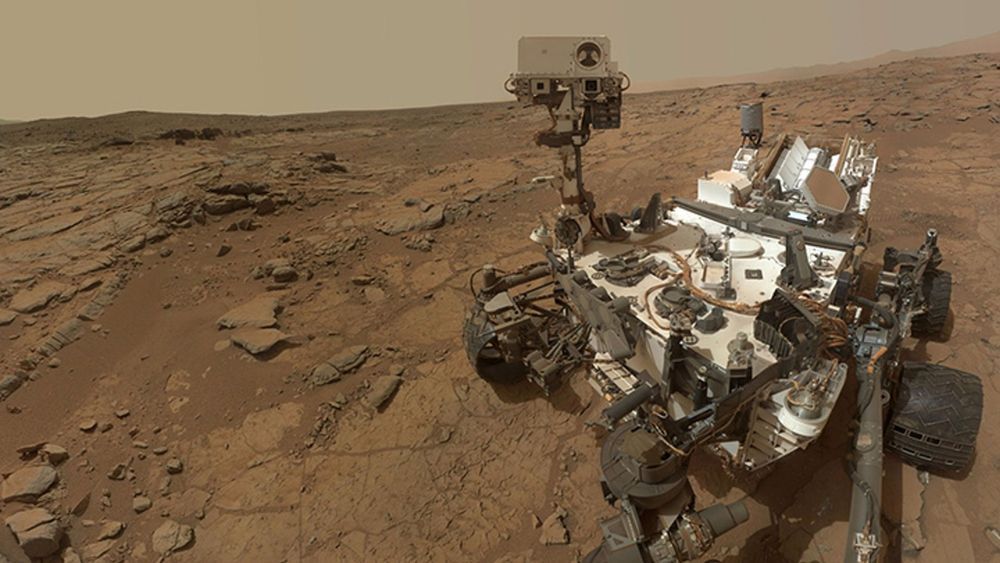
The study of Mars is a constant exercise in problem-solving, and NASA scientists have just been served up a doozy. Data from the Curiosity rover positioned within the planet’s Gale Crater has revealed wild seasonal swings in oxygen levels, something mission scientists neither expected or are able to explain.
This perplexing piece of intel comes courtesy of Curiosity’s Sample Analysis at Mars (SAM) tool, an onboard laboratory that has been sucking in the air over the Gale Crater for analysis over the course of three Martian years (almost six Earth years). This has enabled the team to piece together the composition of the planet’s thin atmosphere, with CO2, nitrogen, argon, carbon monoxide and oxygen all part of the mix.
The concentrations of these gases increase and decrease as the weather changes on Mars, as the icy winters lower air pressure across the planet and the summer then raises them again. This leads to regular patterns of concentrations of gases like nitrogen and argon, and in examining the latest data, the scientists expected to see similar trends at play for oxygen.
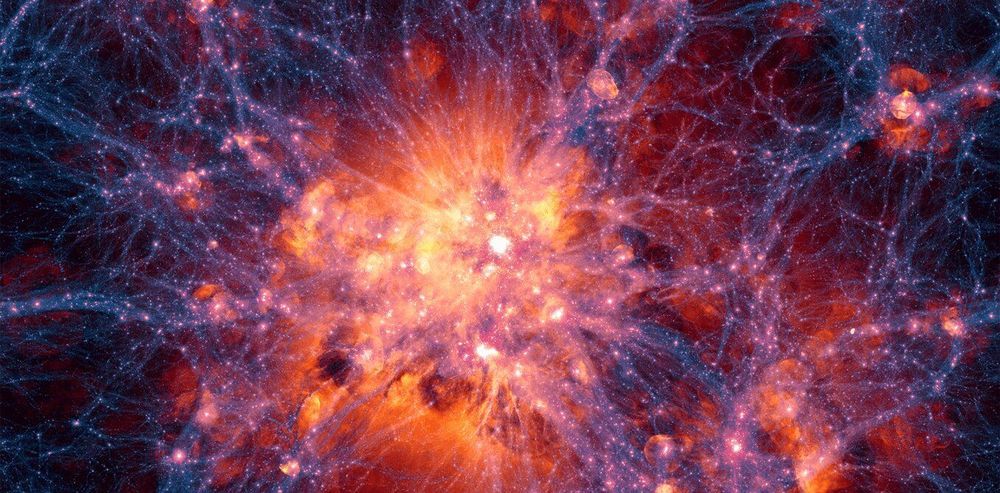
No matter how elegant your theory is, experimental data will have the last word. Observations of the retrograde motion of the planets were fundamental to the Copernican revolution, in which the sun replaced Earth at the centre of the solar system. And the unusual orbit of Mercury provided a spectacular confirmation of the theory of general relativity. In fact, our entire understanding of the universe is built on observed, unexpected anomalies.
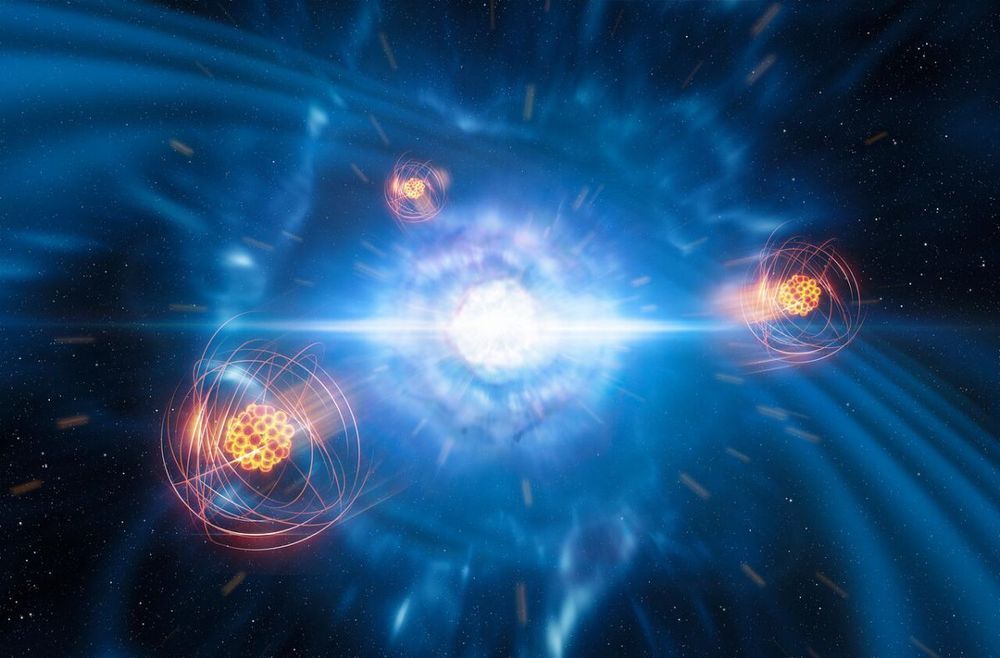
For the first time, scientists have detected a newly born heavy element in space, forged in the aftermath of a collision between a pair of dead stars known as neutron stars.
The findings shed light on how the universe’s heaviest elements are created, providing a missing piece of the puzzle of chemical element formation, researchers said in a new study describing the findings.
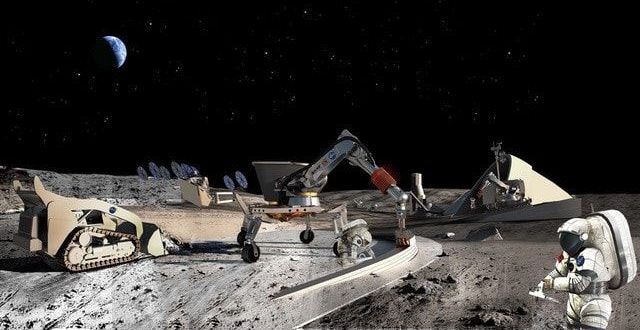
Caterpillar has been synonymous with big, heavy equipment — for farming, construction and mining — since Holt Manufacturing and C. L. Best Tractor merged in 1925 to form the Peoria, Illinois-based company. Over the years, tons of innovation have been built into the iconic yellow products, too, from the Model 20 Track-Type Tractor introduced in 1927 to the ginormous engines that helped power the Apollo 11 mission to the moon 50 years ago.
Coincidentally, one of Cat’s latest breakthroughs is self-driving, or autonomous, and remote-controlled mining equipment, which could very well find itself on the moon when NASA is scheduled to return to the lunar surface in 2024, with plans to build a permanent base near the orb’s south pole, part of the Artemis program.
Just as on terrestrial sites, Caterpillar fully or semi-autonomous bulldozers, graders, loaders and dump trucks could be utilized to build roads, housing and other infrastructure. Operator-less drilling and digging machines might mine water, oxygen-rich rocks and moon dust for use in 3D printing of various materials.
